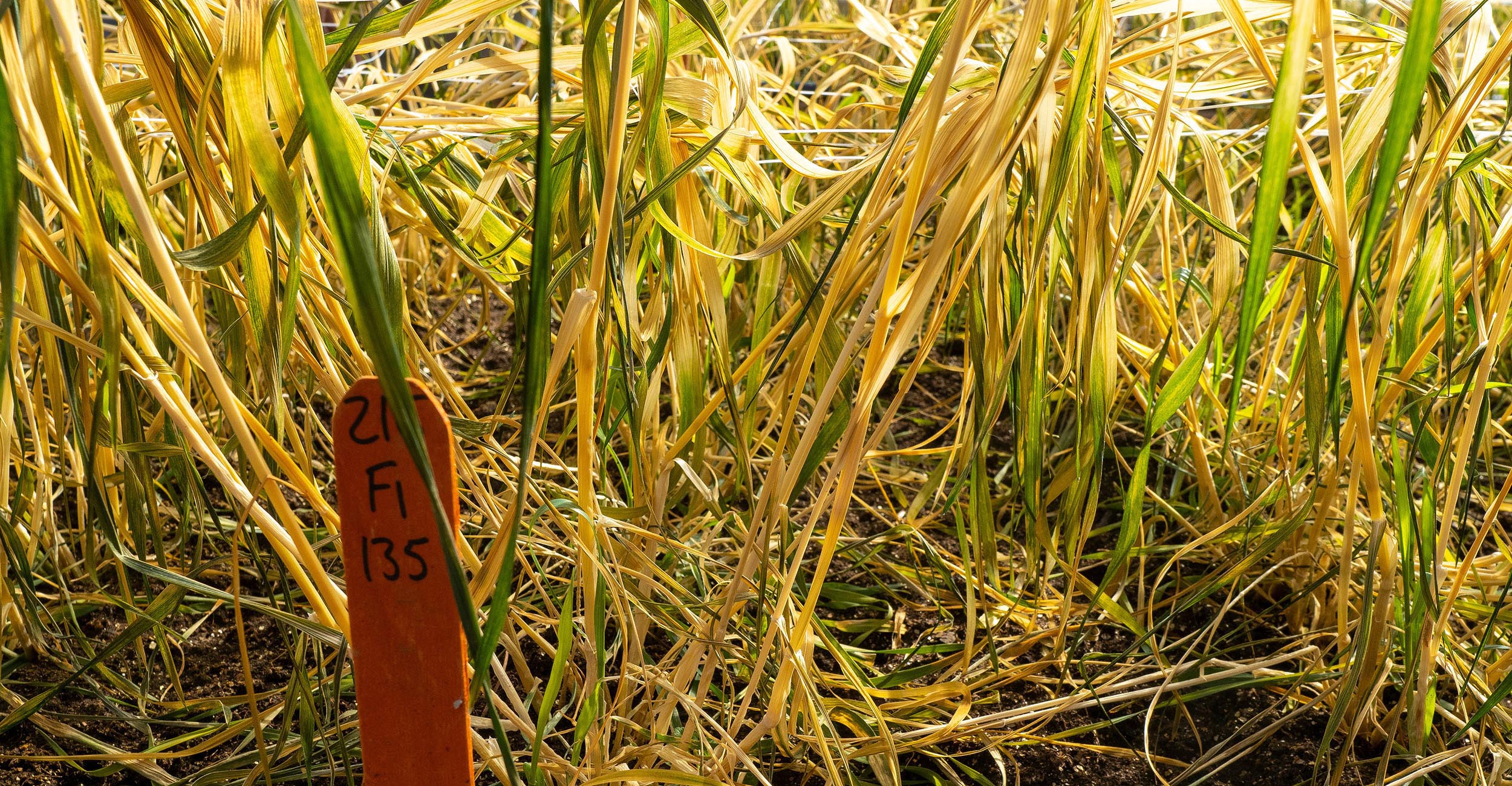
Oklahoma State recommendations for checking potential freeze damage in wheat
Monday, April 26, 2021
Media Contact: Donald Stotts | Agricultural Communications Services | 405-744-4079 | donald.stotts@okstate.edu
Freezing temperatures that hit much of Oklahoma in mid-April may have wheat growers racing out to their fields to check on potential damage to their crop, but time is on the side of agricultural producers in this instance.
“The extent of the damage likely will not be identifiable until a week or so following such an extreme weather event,” said Amanda de Oliveira Silva, Oklahoma State University Extension small grains specialist. “Be aware recommendations about temperatures and time durations are rules of thumb and not an exact science. I’ve seen instances where conventional wisdom should indicate complete crop loss and we skate through with minimal damage.”
However, there are some factors to consider:
- Every freeze event is unique, and freeze injury needs to be checked on a field-by-field basis.
- Healthy wheat heads will remain turgid with a green color.
- Damaged wheat heads will be bleached, yellow or brown, and will break easily when pushed against.
The amount of injury observed will depend on the growth stage of the plants, how low the temperature got and how long it stayed at those cold temperatures. Crop elevation, residue cover and moisture content also can play significant roles.
“It’s possible to have variability in injury symptoms among fields and even within fields because of the large number of influential factors,” Silva said. “That’s why OSU Extension recommends checking each field.”
Silva recently provided additional insights about assessing potential freeze-damaged wheat on the agricultural television program SUNUP and on her online blog at https://osuwheat.com/2021/04/20/assessing-potential-freeze-damage-on-wheat/.
Fact sheets detailing research-based information about best management practices for wheat production in Oklahoma are available online through OSU Extension and at OSU Extension county offices.
“If a wheat producer is unsure how to properly assess potential freeze damage or have questions about management considerations, he or she should consult with their OSU Extension county agricultural educator,” Silva said.
